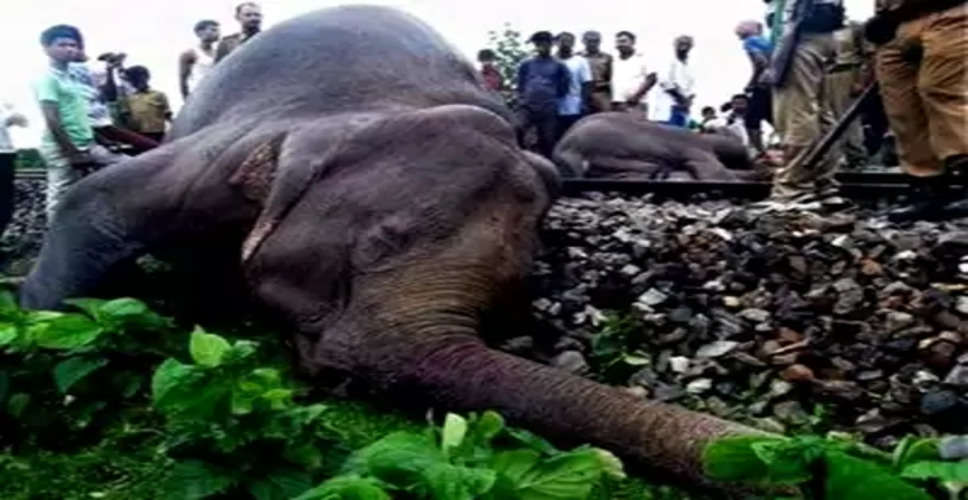With just 2% of India's elephants, WB reports most human-elephant deaths

Kolkata, March 19 (IANS) West Bengal houses just two per cent of the national elephant population but the number of deaths both in case of human beings as well as pachyderms because of human-elephant conflict (HEC) has been reported to be quite high in this eastern Indian state.
As per the latest statistics, during the last three years as many as 11 elephant deaths due to train accidents have been reported from West Bengal.
Experts blame the increasing expansion of human establishments to the favourite corridors of the elephants. In the case of North Bengal, the tea gardens and the growing human habitations around them are the main problems. In South Bengal, the presence of railway tracks and agricultural fields, among others, create obstructions to the hindrance-free passage of the tuskers.
West Bengal Forest Minister Jyotipriyo Mullick has announced that shortly the first project for setting up dedicated elephant corridors covering Alipurduar, Jalpaiguri and Bagdogra in North Bengal and Bankura, Purulia and Jhargram in south Bengal will start which is expected to reduce the rate of HEC to a great extent. The project to be implemented at a cost of Rs 620 crore would be funded by the Japan International Cooperation Agency.
However, wildlife experts have doubts about the long term success of the dedicated elephant corridor project for multiple reasons.
Environment activist and founder-secretary Jalpaiguri Science & Nature Club, Dr Raja Raut feels that elephants being excellent food managers, they know which food item consumed in lesser quantity will compensate for consumption of regular and available food in larger quantity. "Say for example just 50 kilograms of paddy can compensate for 300 kilograms of regular food these tuskers consume. So, while setting up these dedicated elephant corridors it has to be ensured that there are arrangements for enough food reserves there. Otherwise, elephants haunting human habitations in search of food will continue and there will be no end to this continuing human- elephant conflict," Raut said.
Another major hurdle to the success of this project, according to the former principal chief conservator of forests in West Bengal, Atanu Raha, is the lack of availability of large stretches of land that are free of human habitations and at the same time have ample supply of food for the pachyderms.
According to him, most of the human encroachments are on those stretches of land which connect one forest with the other. "As you can say the maximum HEC takes place in such forest connecting land. The question is whether the removal of human encroachments from these connecting lands is really possible. Can a suitable rehabilitation package for those displaced be worked out? These questions need to be answered first to make the elephant corridors effective tools to avoid HEC," Raha said.
The nature of encroachments in the forest connecting lands are different in north Bengal and south Bengal. In north Bengal, the tea gardens and the growing human habitations around them are the main encroachments. In the case of south Bengal, the presence of railway tracks and agricultural fields, among others, create obstructions to the passage of the tuskers.
A Forest Department official said on condition of anonymity that making such forest lands totally encroachment-free is a near impossible task.
"The state government's clear-cut policy is no displacement, even in case of illegal encroachments, with provisions for compensation and rehabilitation packages. And frankly the present state of the exchequer and allocation for the state Forest Department cannot financially afford such huge compensation or rehabilitation," he said.
Another factor in West Bengal causing severe injuries to the taskers and at times death is putting up high voltage electric fences around the agriculture land to prevent the pachyderms from entering there. Forest department sources said there had been several meetings at the local level to stop this fencing. "But it did not really work out since the argument of the villagers was that they will have to protect their farmlands from elephant attacks in their own ways," a Forest Department official said.
According to him, although a scheme for compensation exists, often the process of calculation and payment of compensation is delayed to a great extent due to red tapism. "Without taking the local people into confidence no scheme to prevent HEC will work," he said.
--IANS
src/bg
